Burying the nuclear waste problem
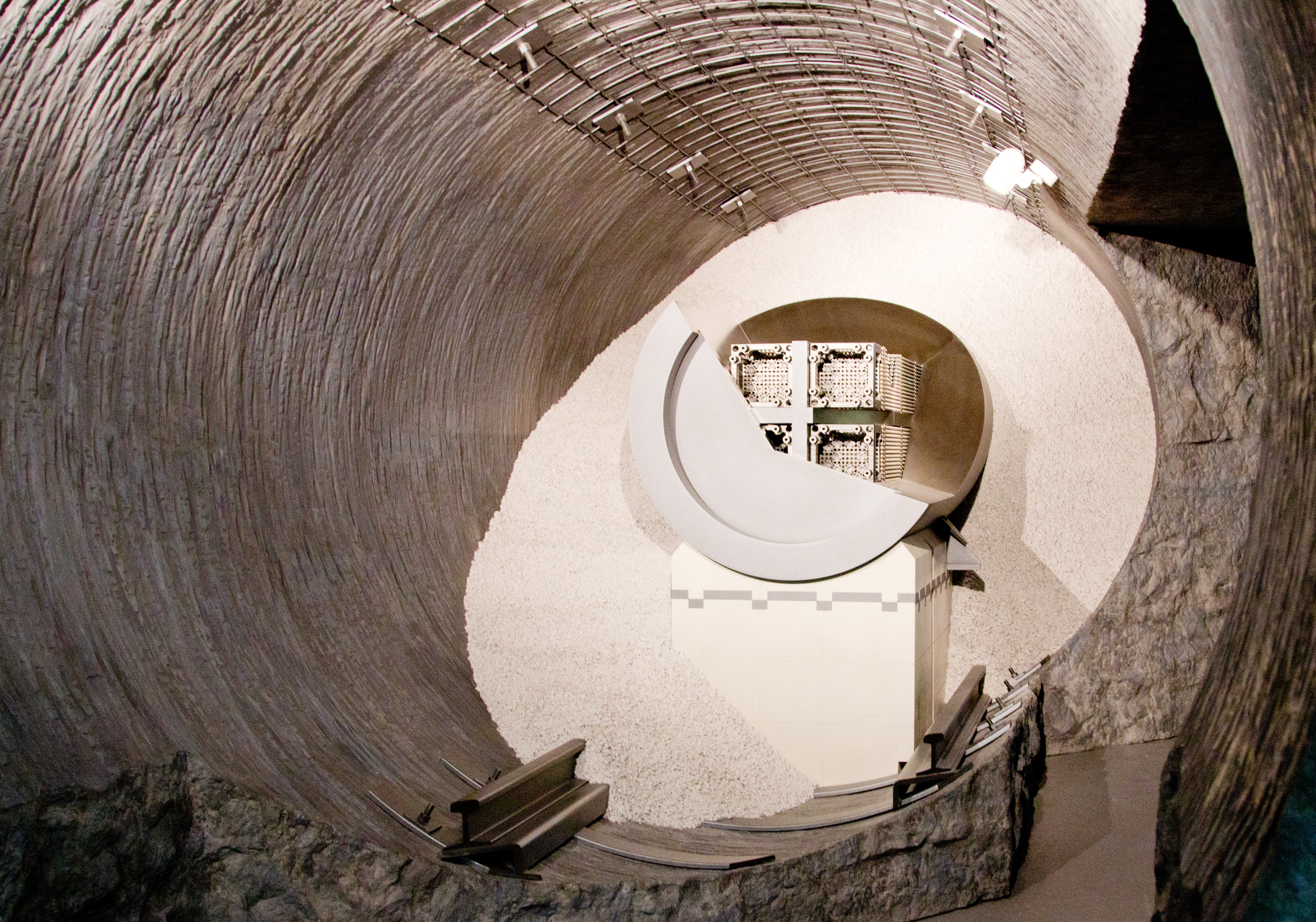
Within 20 years Switzerland should have turned the page on nuclear energy. But what to do with the tens of thousands of tonnes of waste?
Scientists at the Federal Institute of Technology Lausanne (EPFL) are testing a storage system using multiples barriers, where waste could be kept for centuries until it becomes harmless.
Today, Swiss nuclear waste is cooled very slowly in massive pools in power stations themselves and in the interim storage facility for nuclear waste in Würenlingen, canton Aargau.
In 2006, the government imposed a ten-year moratorium on the export of nuclear waste. Since then no waste has been sent for recycling at French reactor maker Areva’s factory in The Hague.
Areva claims that 96 per cent of rods used in French reactors are re-enriched to be re-used as fuel – a figure that makes Greenpeace activists glow with anger.
For the environmental organisation, the real number is ten times lower – the difference being explained by the illegal export of rods to dumps in Siberia.
In June the cabinet decided to decommission Switzerland’s five nuclear power reactors by 2034, once they reach the end of their lifespan. But when it comes to nuclear facts and figures, nothing is ever simple or transparent…
Lab progress
Alessio Ferrari is a scientist, not a politician. He is a researcher at EPFL’s Laboratory of Soil Mechanics and is working on how rock can take in waste without it ever coming into contact with the environment or groundwater.
This option of deep geological landfill sites is how Switzerland and its neighbours have decided to deal with the problem – and if on the surface the process appears to have reached a standstill, in laboratories the research is making rapid progress.
“In the past five or ten years things have really speeded up at a European level,” Ferrari told swissinfo.ch.
“Scientists now have betters labs, better results and a better understanding of how soils behave when conditions change. And public authorities are also pushing research – they realise that ultimately a solution has to be found.”
Barriers
The waste that can no longer be recycled is first of all vitrified, i.e. stabilised into a glass matrix which in theory will neither react nor degrade for extended periods of time.
Nevertheless, these substances remain active and this activity generates heat: up to 150 degrees Celsius for centuries. Total cooling takes 10,000-100,000 years. Plus, nothing guarantees that after that period of time radionuclides don’t escape from the vitrification process.
So this first barrier isn’t enough. The second is a steel container. But this too, even with walls decimetres thick, is no absolute guarantee against radioactive leaks.
Not to mention any external aggressions, especially by water, which could in the long term corrode the metal.
In principle, rock is almost impermeable to liquid, but in order to not leave anything to chance for their great-great-grandchildren, scientists see a third barrier before that of substratum rock.
“You can’t simply put the containers at the end of a tunnel,” Ferrari said. “There has to be a buffer material between them and the rock. We’re testing bentonite, a sort of clay, which has the very interesting property of being able to absorb four to five times its initial volume in liquid. And once saturated, it’s impervious.”
“Nuclear dustbin”
The Laboratory of Soil Mechanics is therefore testing the resistance of bentonite and its behaviour faced with heat, humidity and the pressure of the containers, which weigh between eight and 26 tonnes.
Another part of the work is being carried out in the hillsides of the Grimsel and Mont Terri in the Jura. The laboratory there is run by a consortium of public and academic bodies, under the aegis of the Federal Topology Office.
This does not mean, however, that this warren of tunnels, dug to a depth of 300 metres, is Switzerland’s future “nuclear dustbin”. Currently, any storage of nuclear waste is banned there.
“But the rocks here are found around most of the country,” Ferrari said. Part of his work is studying the behaviour of the rock under the same conditions imposed by the storage of waste.
The Laboratory of Soil Mechanics is partly funded by by the National Cooperative for the Disposal of Radioactive Waste (Nagra), for whom the Lausanne lab is the main reference point in its field.
Close, sesame
But how can one be sure that what is tested today remains valid for what appears to be half an eternity?
Ferrari is well aware of the problem. “The time scale of a laboratory is limited to a few years at most. For rocks it’s less serious, because 10,000 years is nothing on a geological scale, and we’re going to choose very stable rocks. But for bentonite we’re going to have to extrapolate using a mathematical model.”
If possible without making any mistakes, since the Swiss notion of nuclear storage means that once something’s shut, it isn’t touched again.
Switzerland has five nuclear power stations: Beznau I, Beznau II, Mühleberg, Gösgen and Leibstadt.
They account for around 40% of the country’s electricity production. Projects for three new plants are under discussion to meet the Swiss power demand.
Switzerland sent spent fuel rods to reprocessing plants in Britain and France until July 2006, when a ten-year moratorium came into force.
Under Swiss law, radioactive waste must in principle be stored within the country at the expense of the producers.
Since 2001 high-level radioactive waste has been stored in an interim facility in northern Switzerland, known as Zwilag.
In 2002 voters in canton Nidwalden threw out a plan to build a permanent underground nuclear waste repository in their region.
Six potential storage sites in northern and central Switzerland are currently under consideration, including the one in Nidwalden.
Storage will be 400-900 metres below the surface, within stable rock formations. The aim is to ensure the safe storage of radioactive material for up to one million years.
The government expects to make an initial selection in 2011 and take a final decision between 2016 and 2019. This will have to be approved by parliament, and may be the subject of a referendum.
The selected sites should come into operation in 2030 or 2040, depending on the type of waste.
(Translated from French by Thomas Stephens)

In compliance with the JTI standards
More: SWI swissinfo.ch certified by the Journalism Trust Initiative
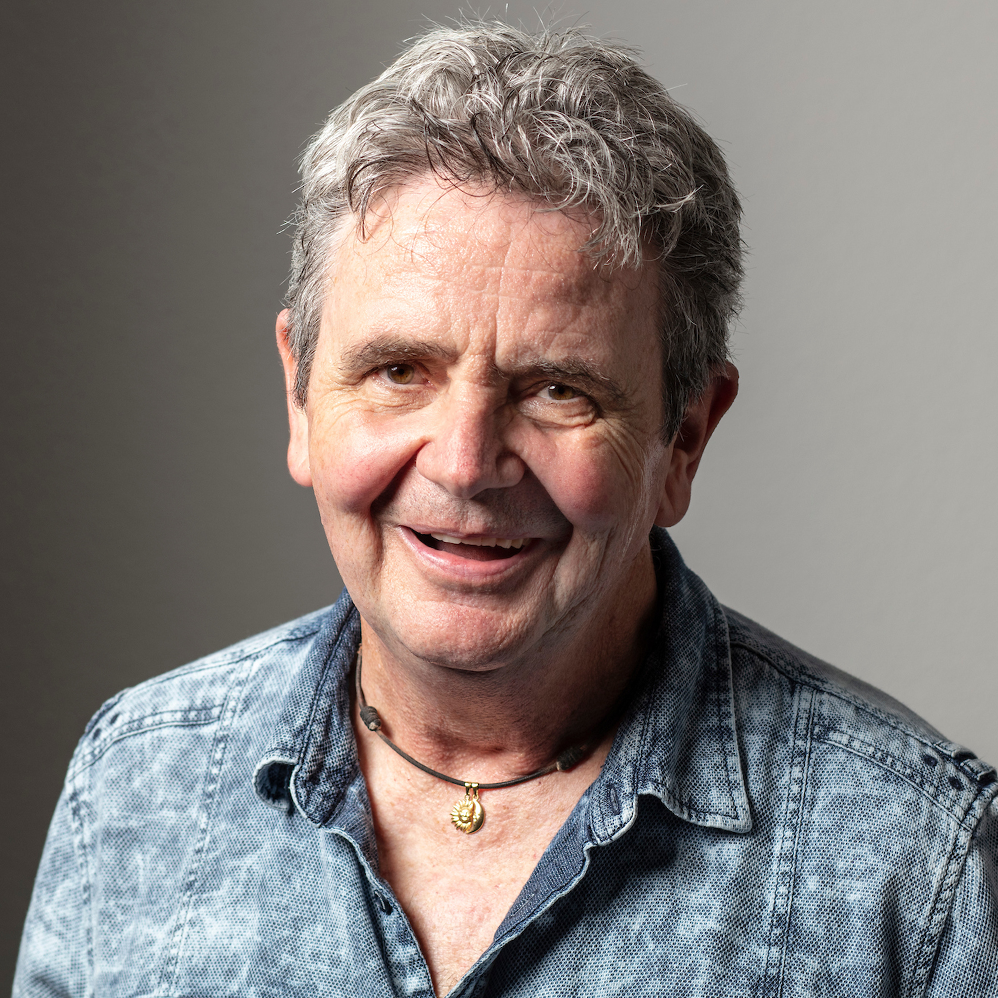
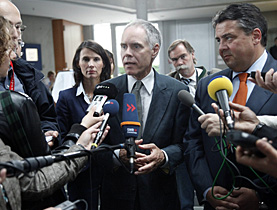
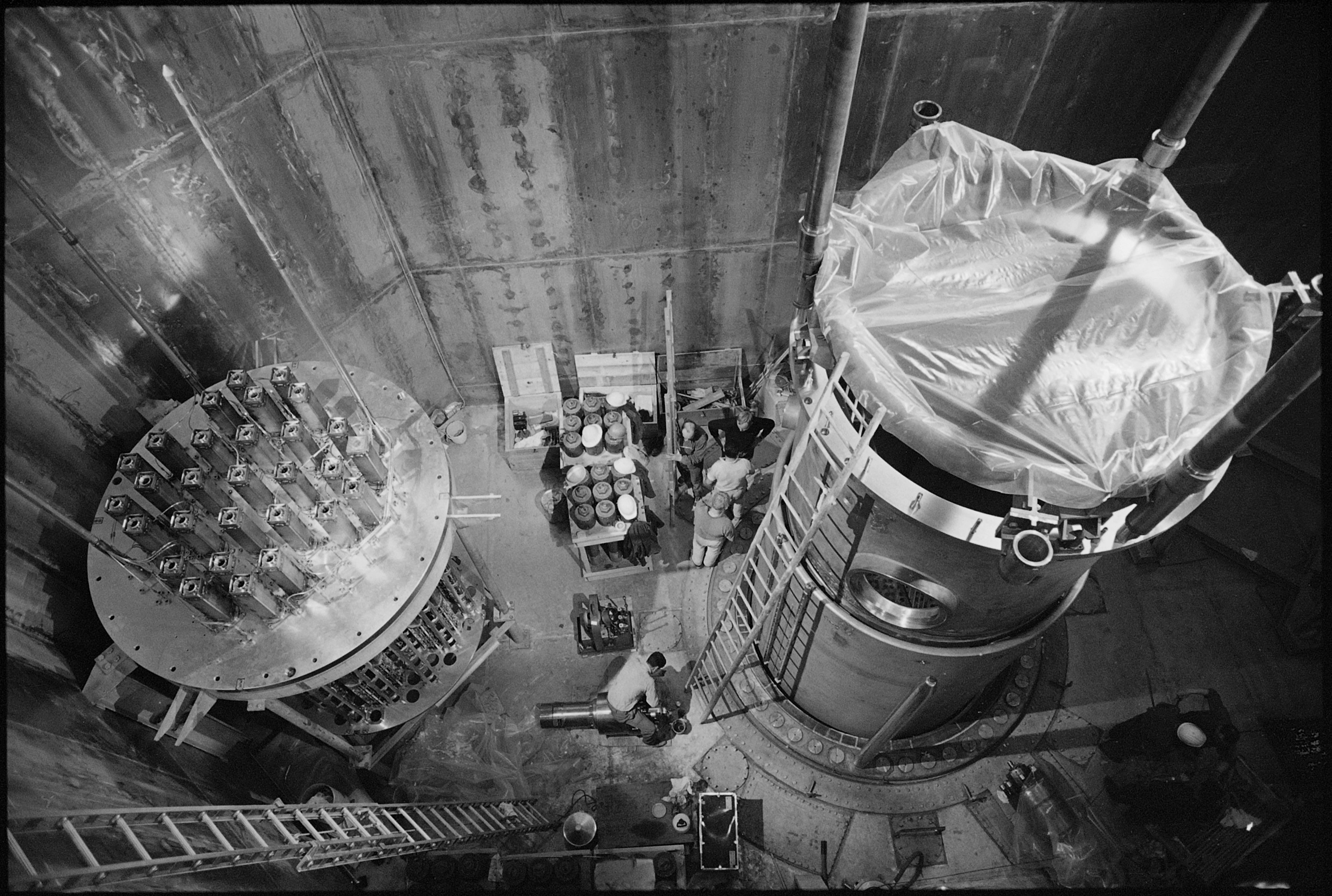
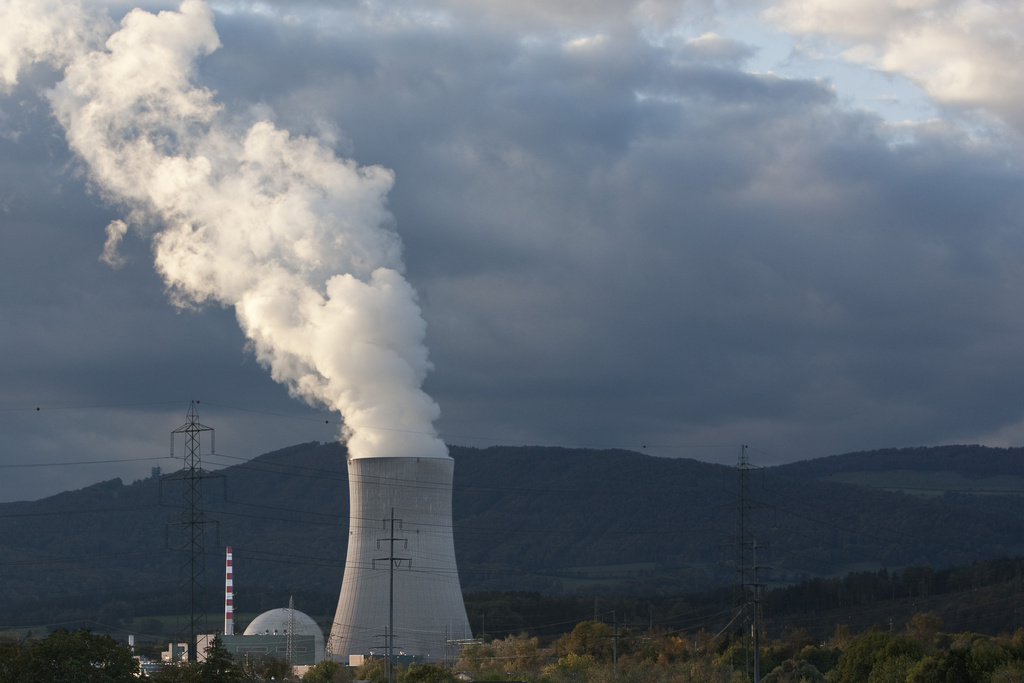
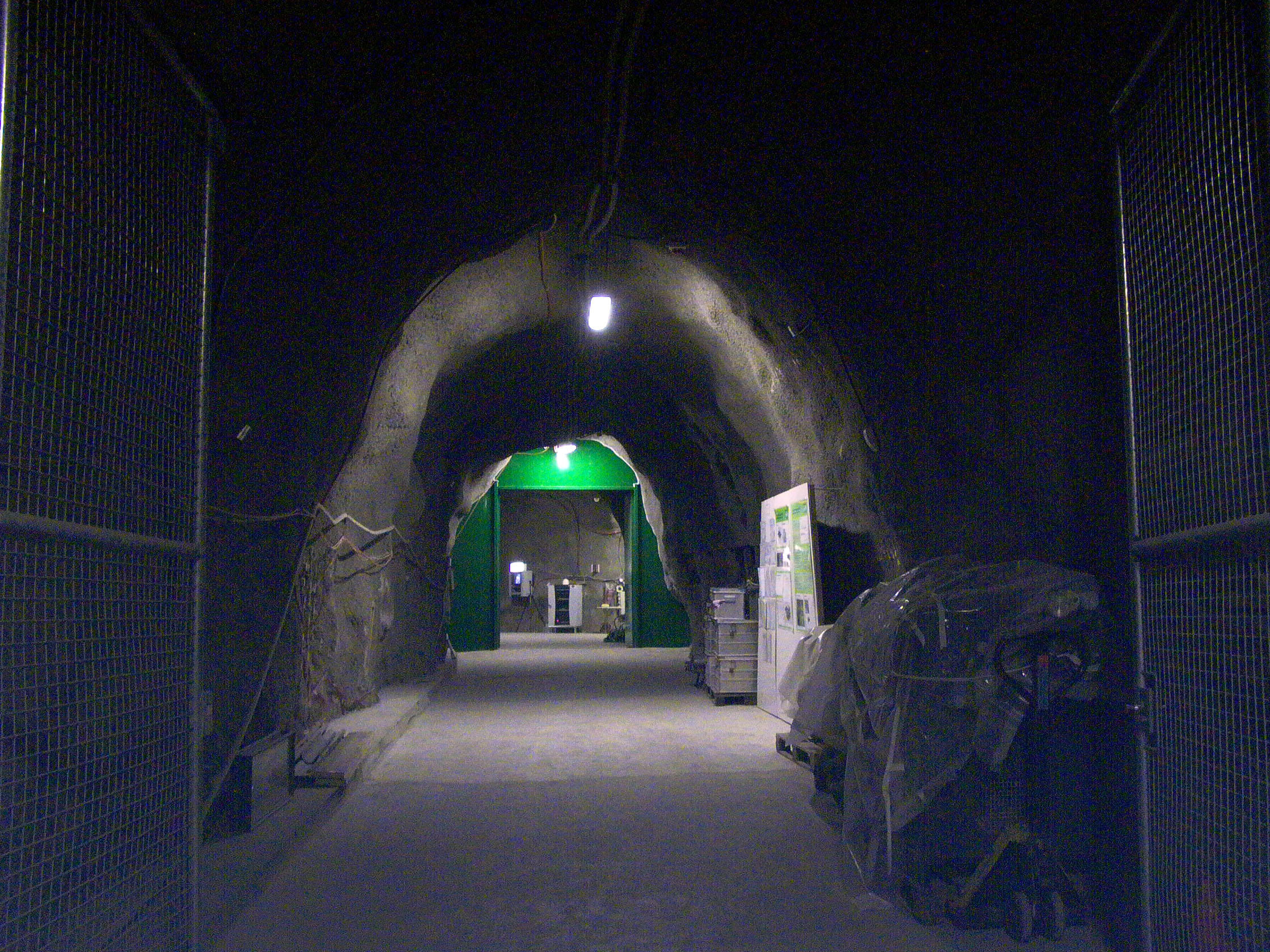
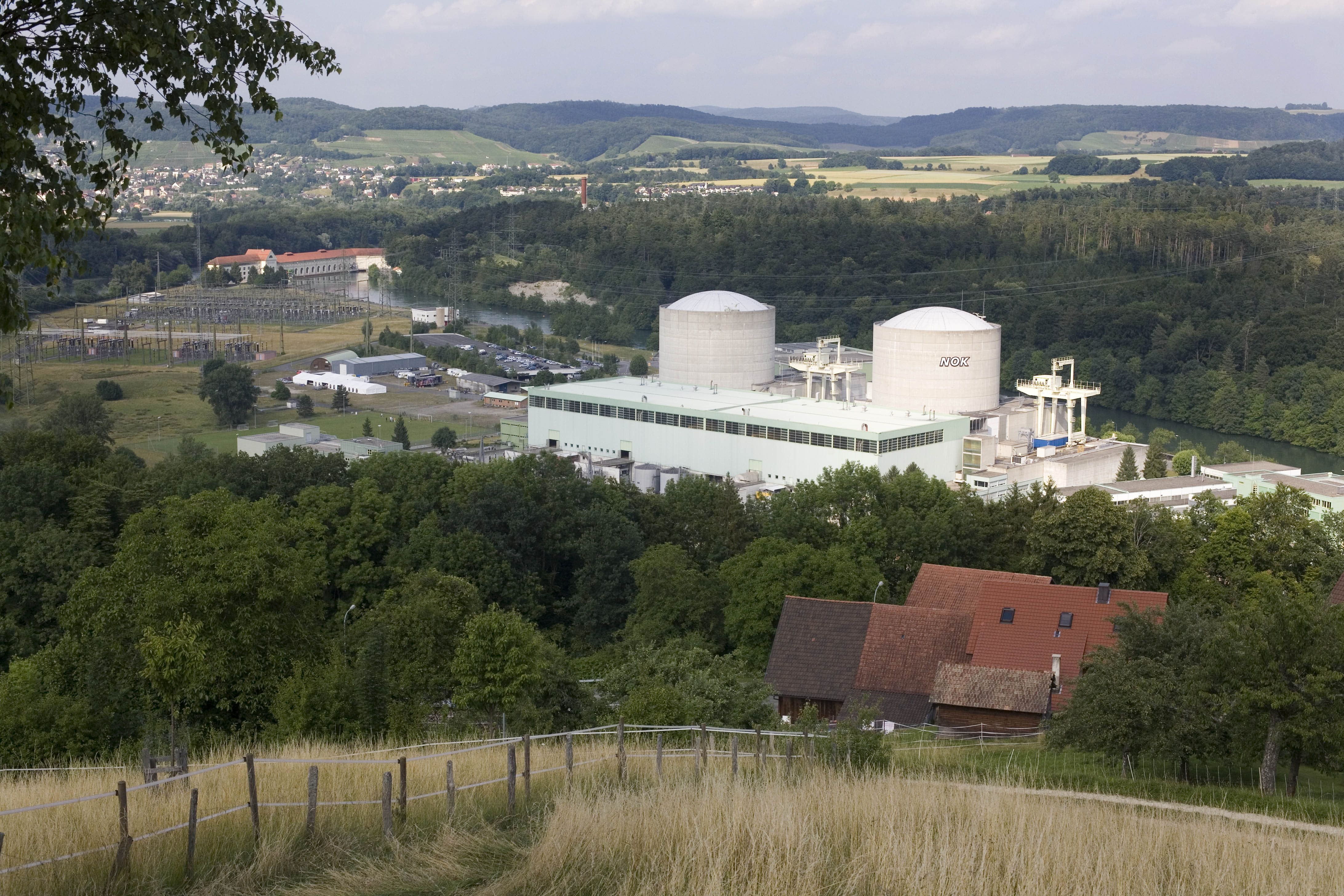
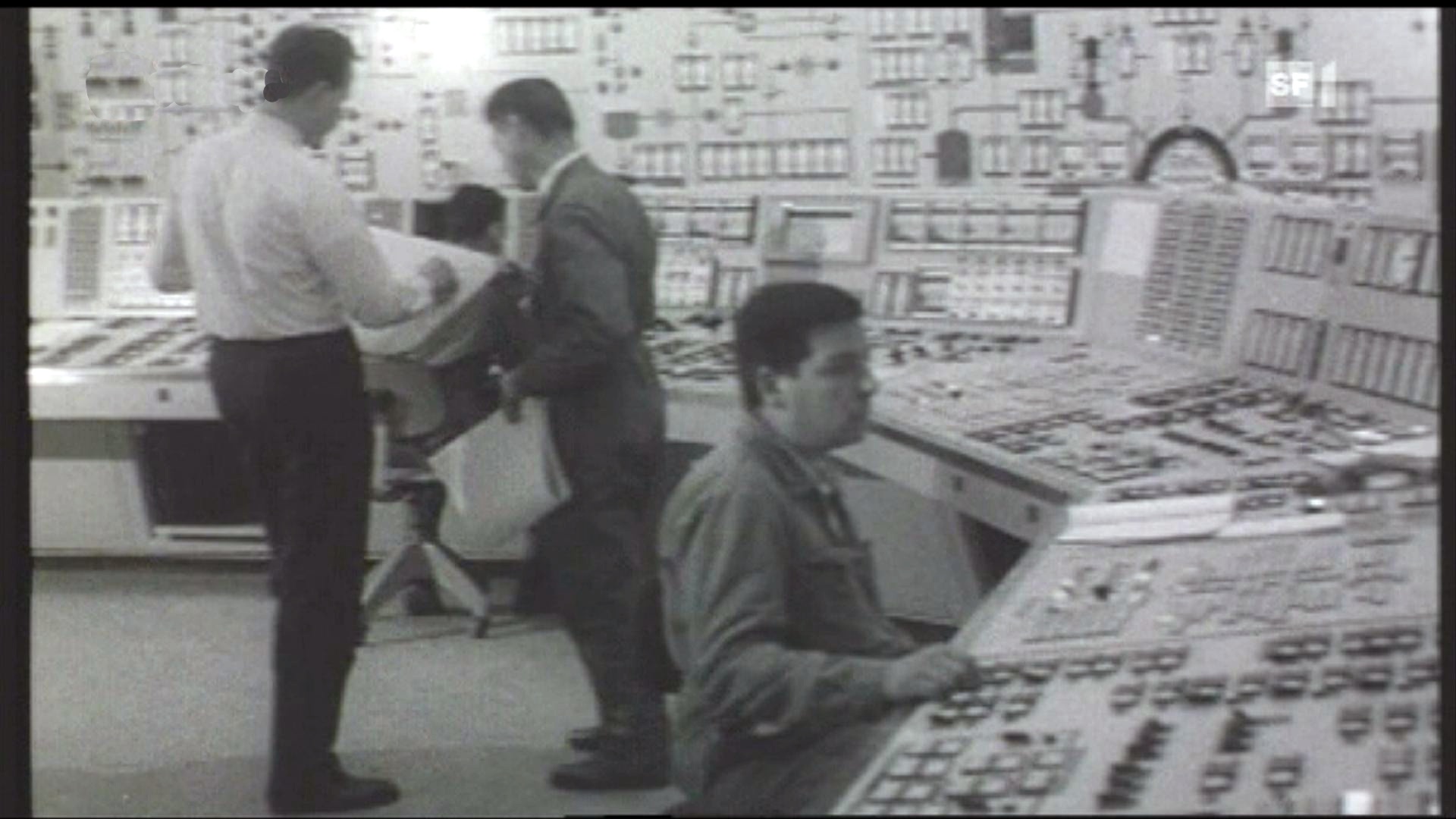
You can find an overview of ongoing debates with our journalists here. Please join us!
If you want to start a conversation about a topic raised in this article or want to report factual errors, email us at english@swissinfo.ch.